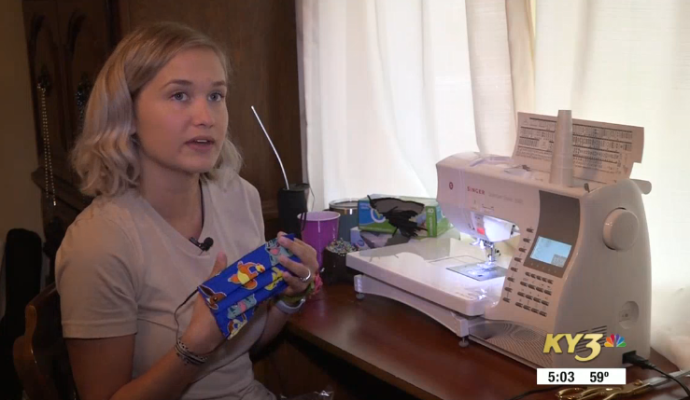Greater Parkcrest neighbor Marilyn Dolence has put her sewing talents to the test to help her friends and neighbors get through the coronavirus pandemic. Read the story here.
As a reminder, cloth face masks are a valuable tool in the efforts to slow COVID-19 spread, but only if they are used effectively.
“We’re seeing people who have let a cloth face covering be a false sense of security,” said Clay Goddard, director of the Springfield-Greene County Health Department. “Face coverings don’t mean you should be getting out more. They don’t mean you don’t have to wash your hands, and they definitely don’t mean that 6-foot distancing no longer applies.”
Surgical masks and N95s should not be used by the general public. They won’t do you any good without proper fit and training and should be reserved for those who have that training—doctors, nurses, and first responders. This is especially important while these items are in short supply.
In order to work effectively, cloth face coverings should fit snugly but comfortably against the side of the face, be secured with ties or ear loops, and include multiple layers of fabric. The CDC recommends wearing cloth face coverings in crowded public settings in order to slow the spread of disease. The face covering needs to cover both the nose and the mouth.
Additionally, there are important nuances to remember. Frequent adjusting of the face covering is a no-go, as facial touching can increase the odds of disease spread. Cloth face coverings that have been worn out in public need to be laundered before they can be worn again. And most importantly, people need to remember that face coverings do not negate the stay-at-home order.
“Face coverings are one of many preventative tools,” Goddard said. “All the others are still critically important.”
Want to make sure your family has face coverings? CDC has instructions for sewing and no-sew options here.


